
U.S. warship intercepts missiles fired by Iran-backed Houthis
The USS Carney intercepted three missiles fired from Yemen as it was patrolling the Red Sea. The missiles appear to have been fired at Israel.

The USS Carney intercepted three missiles fired from Yemen as it was patrolling the Red Sea. The missiles appear to have been fired at Israel.

Abdul Malik al-Houthi says he willing to support ‘the Palestinian people’ with rocket barrages if the United States intervenes to support Israel.
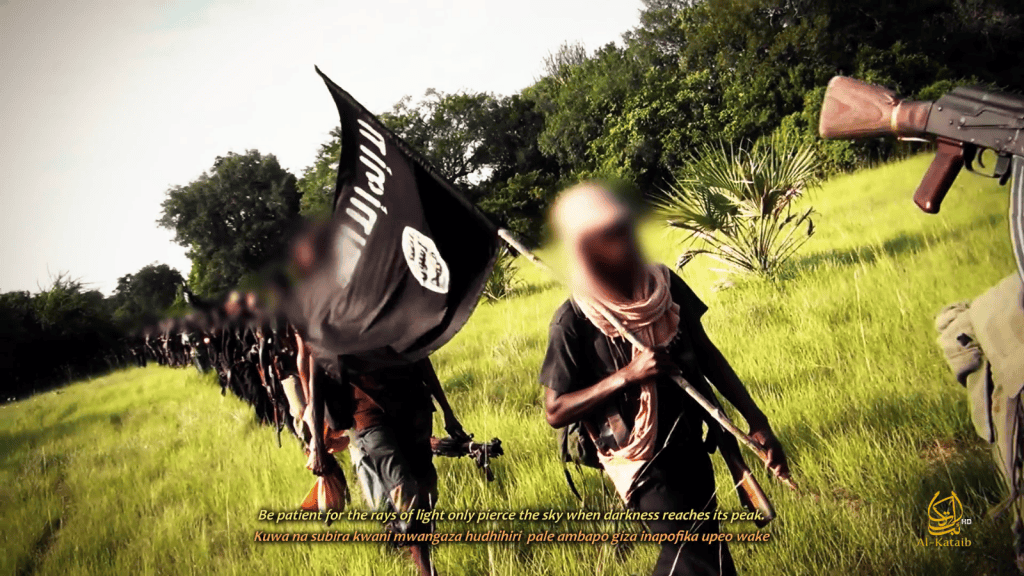
Nine individuals were designated by the U.S. Treasury Department while an additional five were also blacklisted by the U.S. State Department.
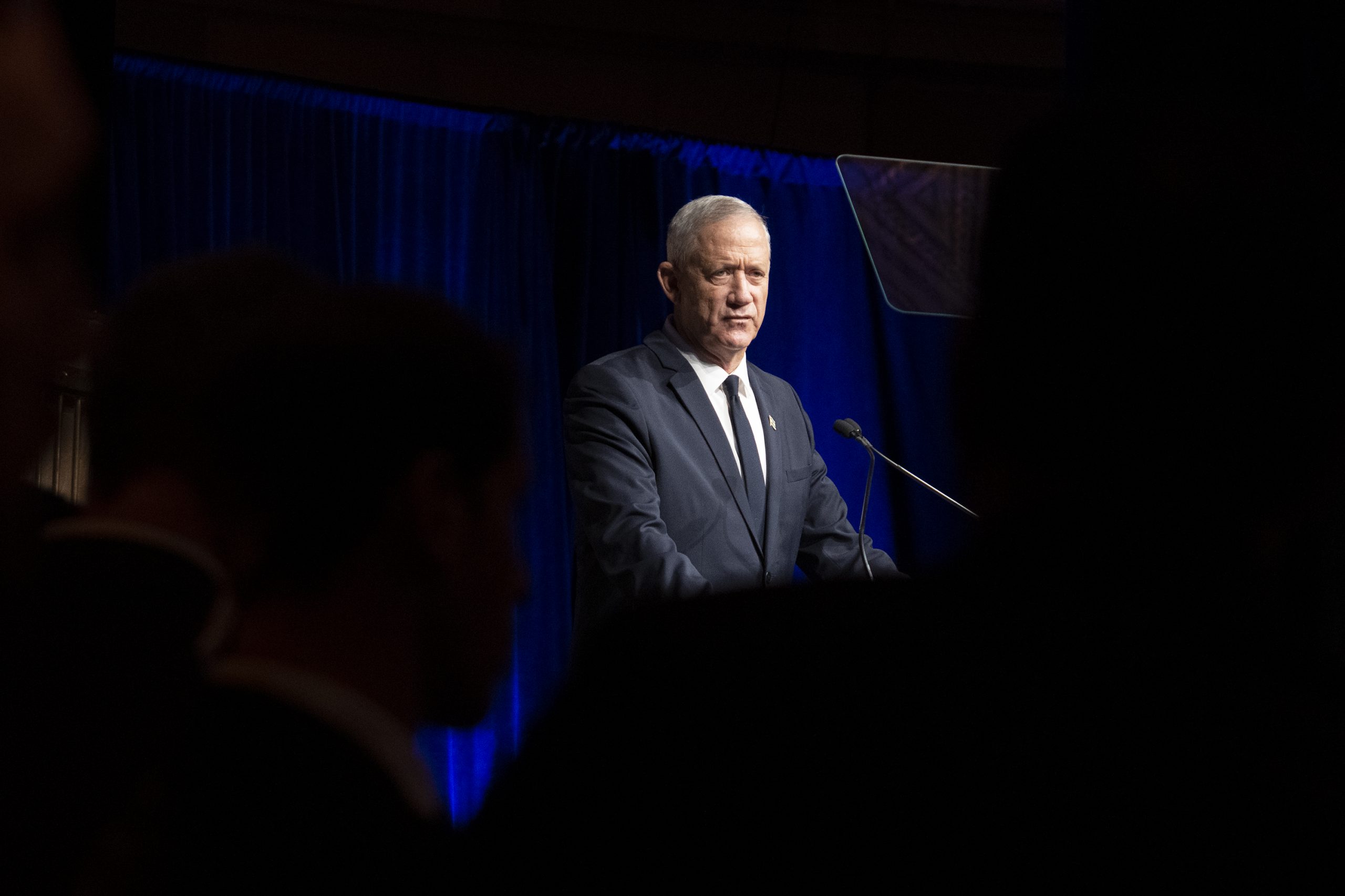
Israel’s defense minister revealed Syrian military used to manufacture advanced arms for Tehran.
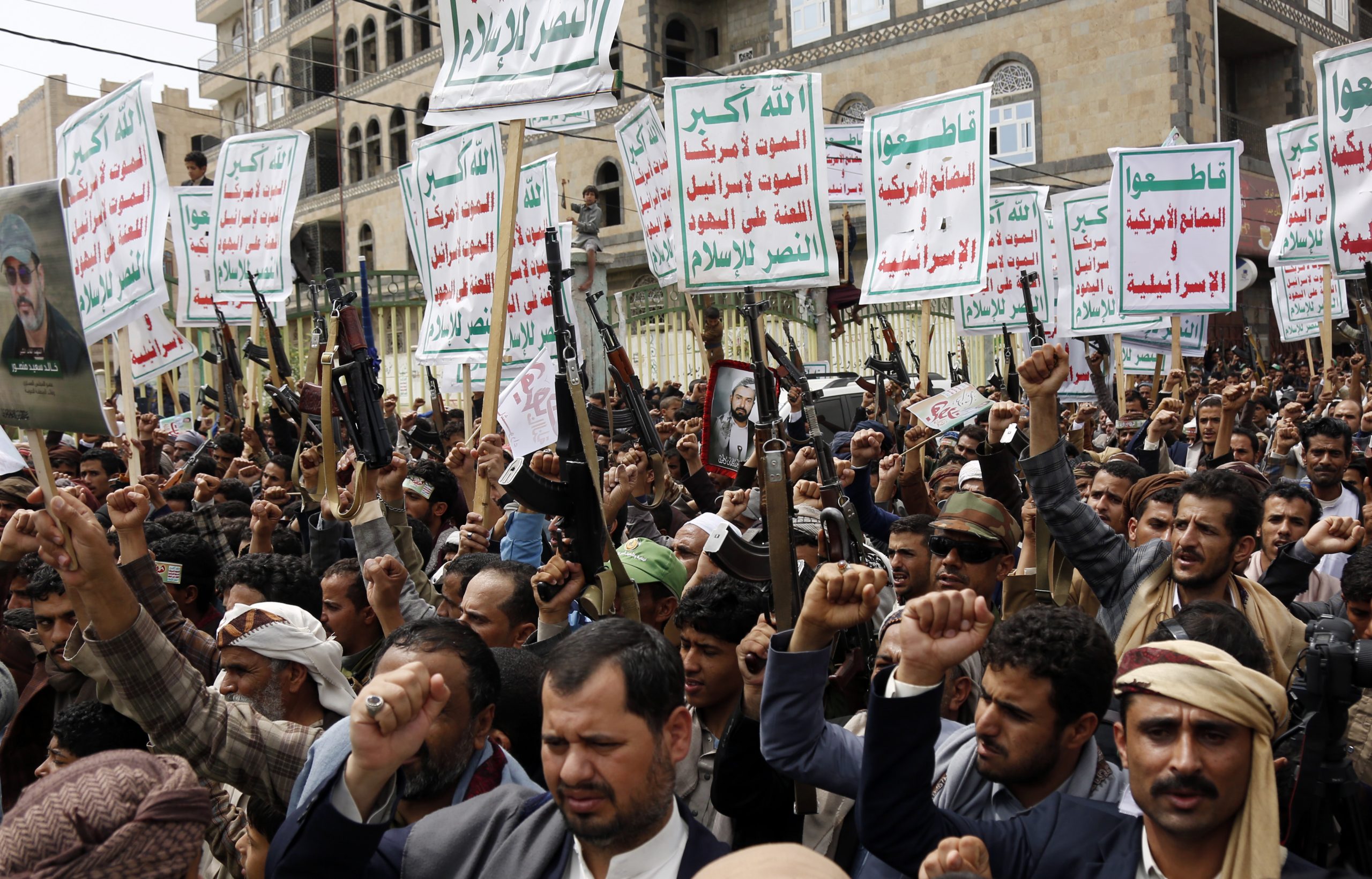
On Wednesday, Saudi Arabia designated five individuals for providing support to the Iran-backed Houthi movement.

You guessed it. Our guest is, indeed, Caleb Weiss. This time, he and Bill discuss how (and which) prison breaks fit into the larger strategy of various Jihadi groups — and why some don’t bother.
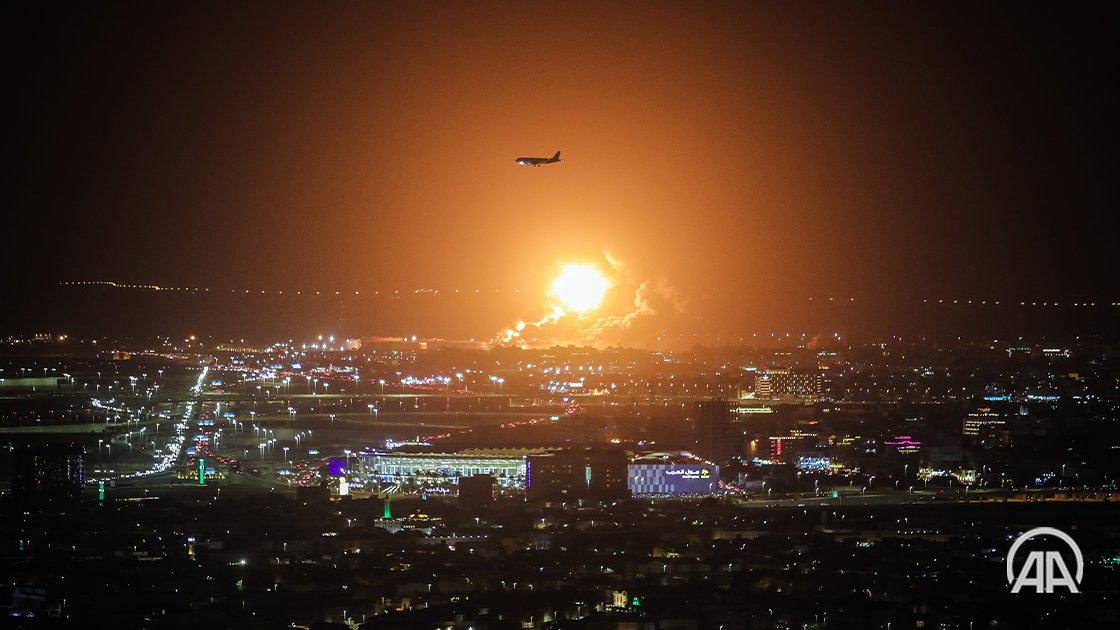
Iran-backed Houthis in Yemen renewed attacks against Saudi energy facilities on Friday causing an enormous fire in one of the country’s largest cities.
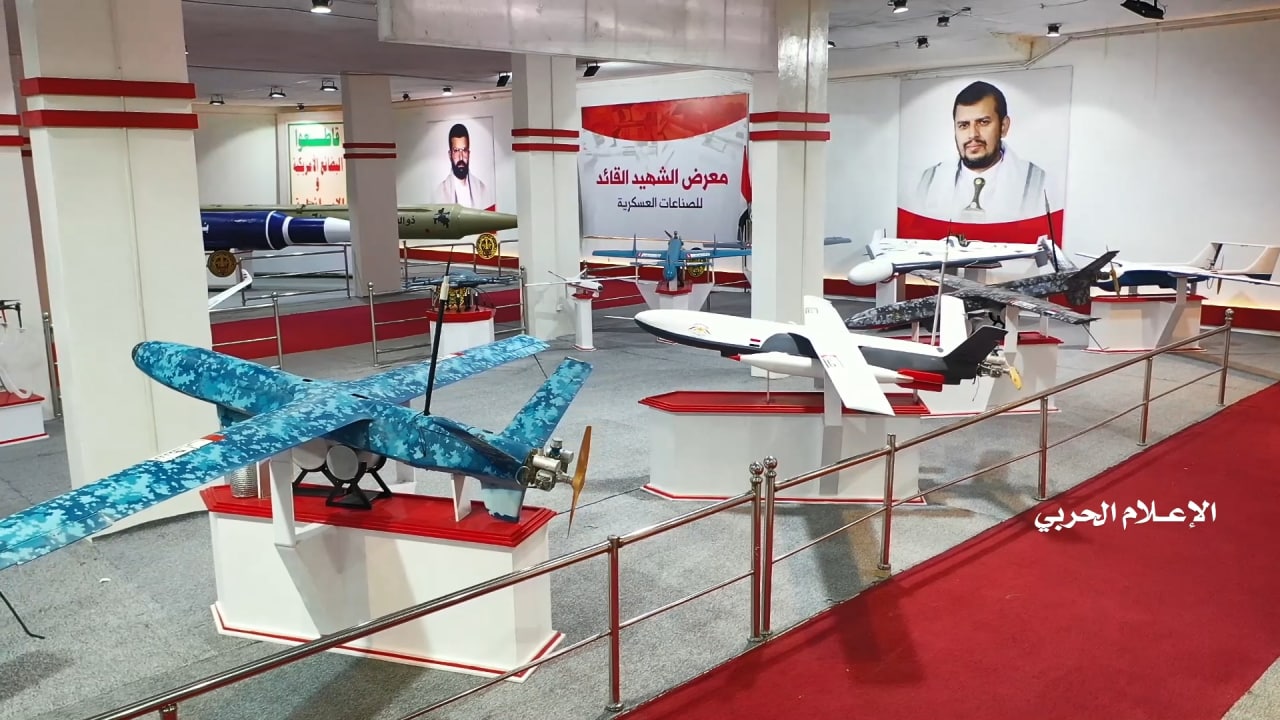
Yemen’s Houthis renewed attacks against Saudi Arabia by launching three waves of assaults on Saturday and Sunday.
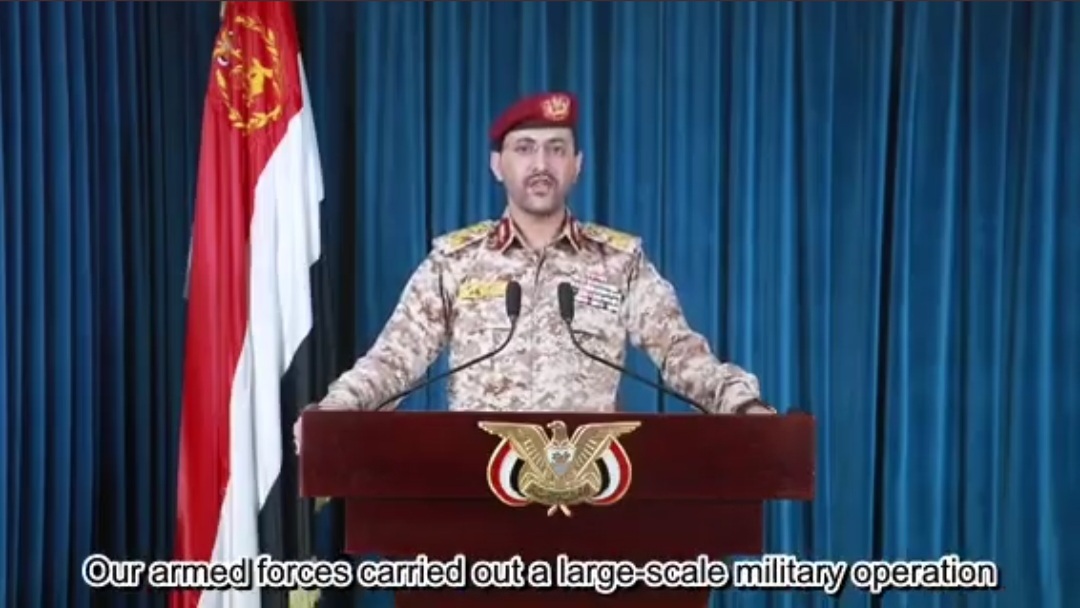
In its second attack in recent weeks, the Houthis targeted several oil refineries in Saudi Arabia including an Aramco facility in Riyadh.
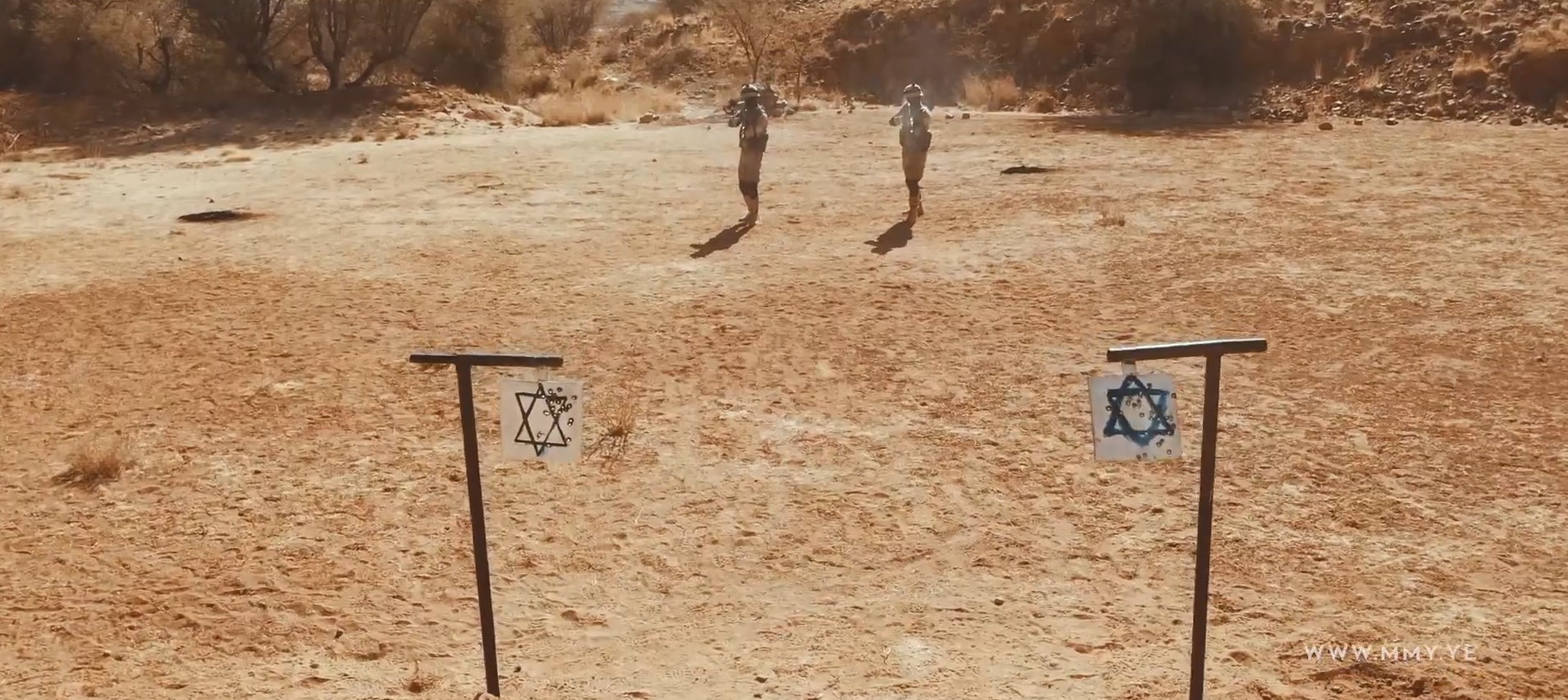
Iran-backed Houthis published a Hezbollah-style video warning Israel and demonstrating military training that its militants undergo.
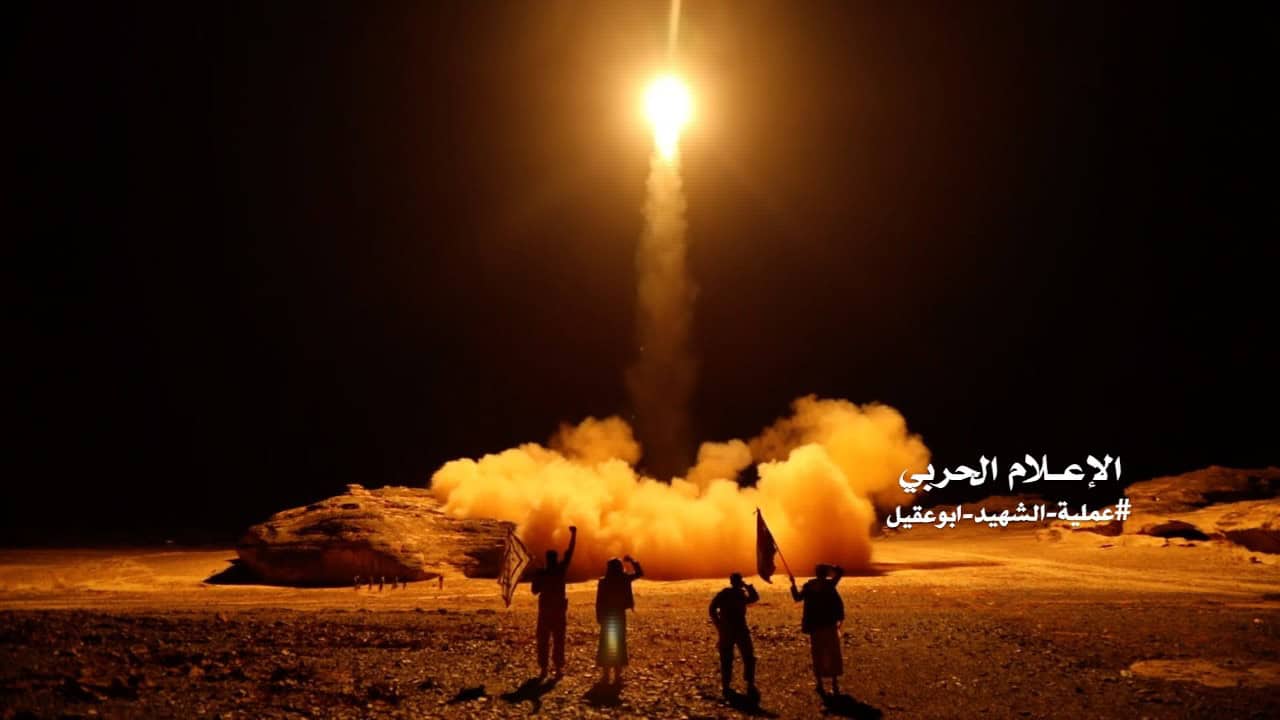
The U.S. Treasury Department exposed more elements of the Houthi’s international finance network on Wednesday by designating individuals and entities affiliated with the Iran-backed militant group. Treasury described the designated individuals and entities as being involved with “the U.S.-designated Islamic Revolutionary Guard Corps-Qods Force (IRGC-QF) and Houthi financier Sa’id al-Jamal, this network has transferred tens […]
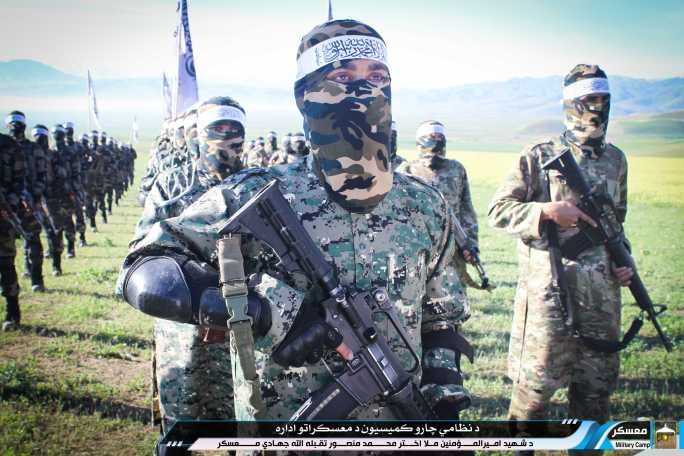
On Feb. 2, Bill Roggio testified before the House Committee on Homeland Security at a hearing titled, “The Dynamic Terrorism Landscape and What It Means for America.” His testimony focused on the state of Al Qaeda, the Islamic State, the fall of Afghanistan to the Taliban, state sponsors of terrorism such as Iran and Pakistan, and the growing threat of global jihadism.

Abu Dhabi came under renewed ballistic missile attack by the Houthis Monday morning in response to its role in the Saudi-led conflict in Yemen.
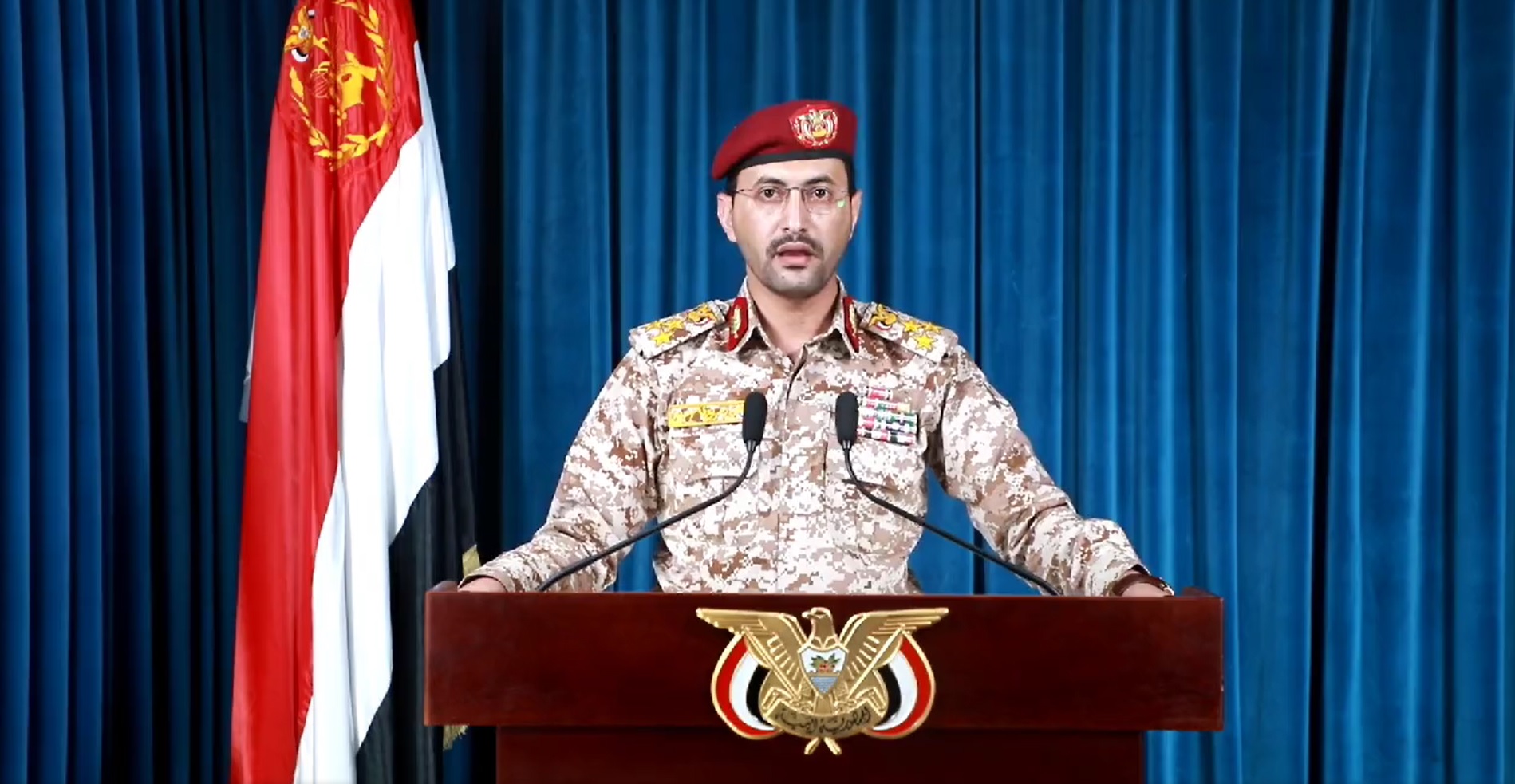
Houthi spokesperson announced the Iran-backed group conducted a high profile strike against sites in the UAE on Monday.

Al Qaeda in the Arabian Peninsula has sent a message of support to its fellow al Qaeda branch for recently killing five French soldiers.
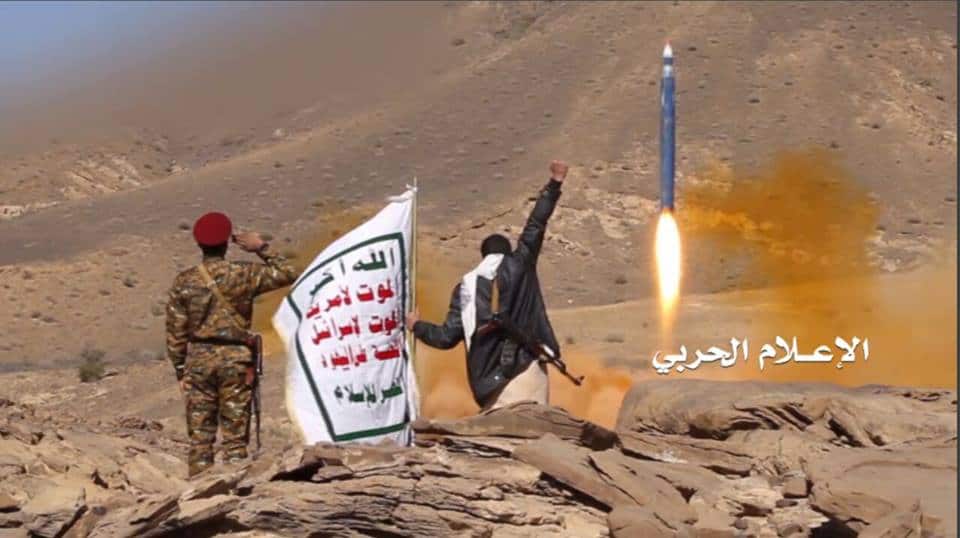
Additionally, the U.S. State Department will also designate three of the Houthis’ top leaders as global terrorists.

Hosts Bill Roggio and Tom Joscelyn discuss the history of America’s drone campaign against al-Qaeda and ISIS.
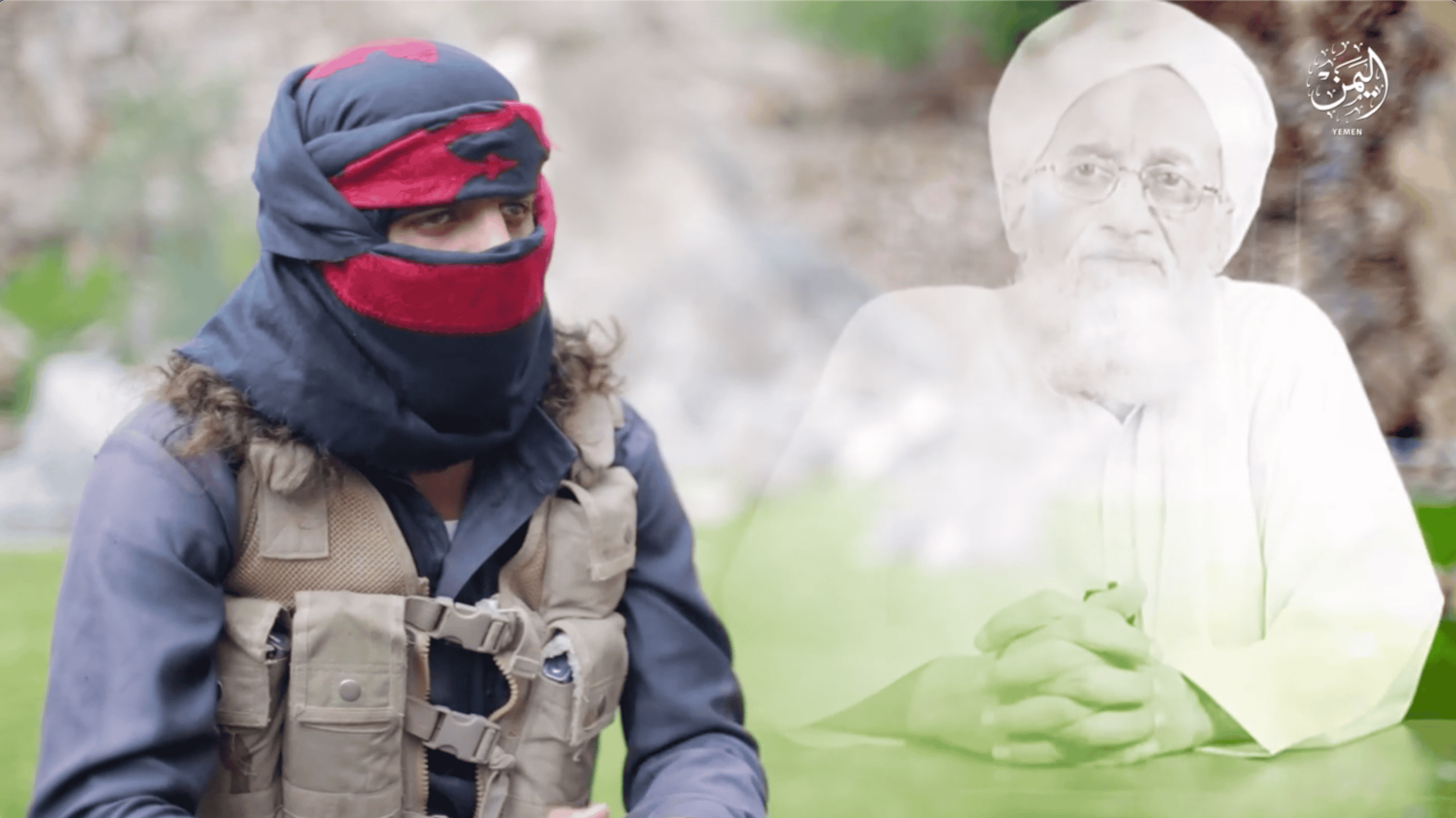
In late April, the Islamic State’s Yemen “province” released a video attacking al-Qaeda’s ideological credentials. The video is the latest piece of propaganda in the Islamic State’s campaign against its jihadist rival.

Daveed Gartenstein-Ross joins hosts Bill Roggio and Tom Joscelyn to discuss how jihadists are adapting to the coronavirus pandemic.
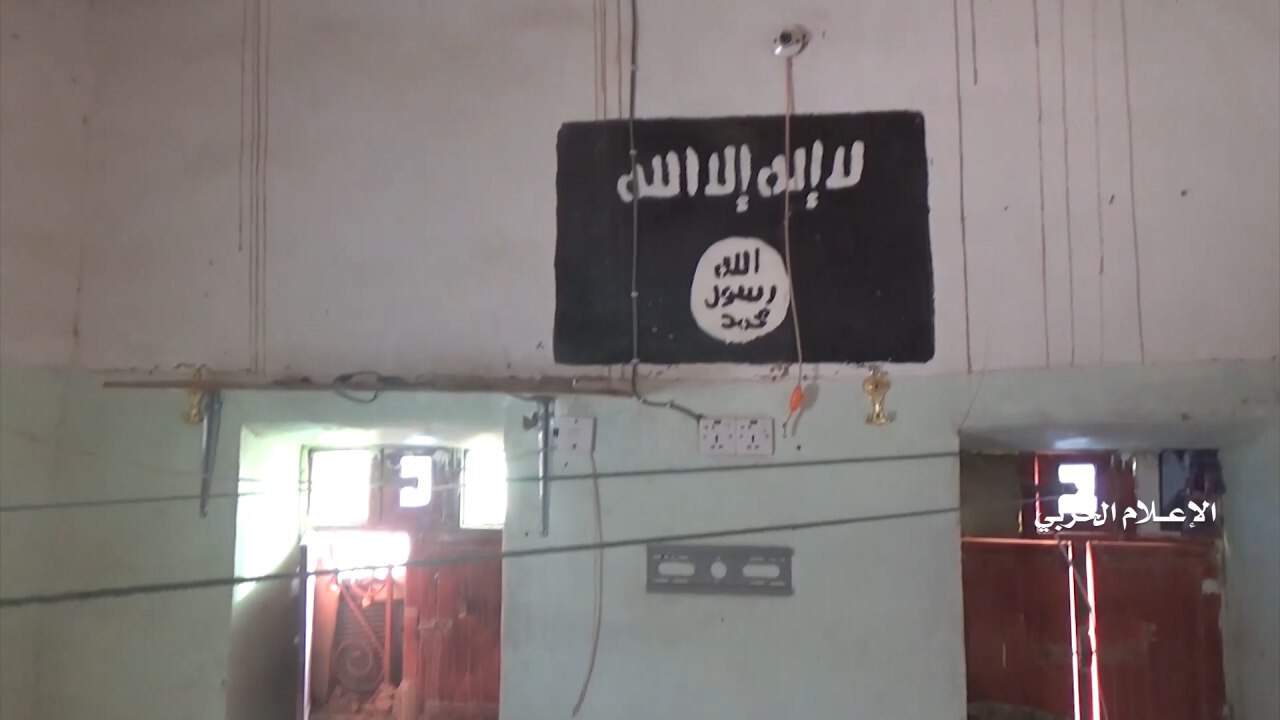
Houthis report to have captured an al Qaeda base in one of its historical strongholds in the country. No independent verification of this event, however, has yet been reported.
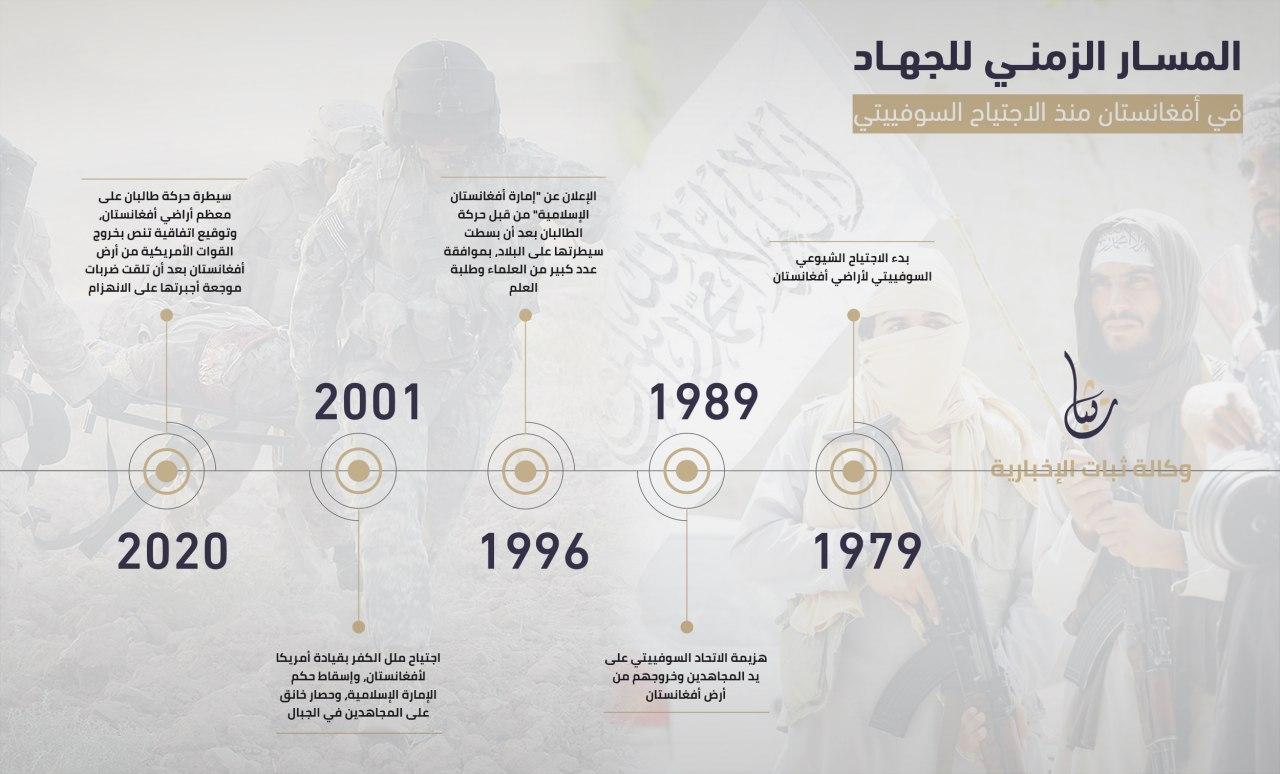
Thabat, an al-Qaeda-affiliated media outfit, has released a series of infographics that are intended to highlight the group’s global reach and resiliency. The images trumpet a large number of purported attacks in Afghanistan, as well as America’s withdrawal from the country.

Hosts Bill Roggio and Tom Joscelyn profile Al Qaeda in the Arabian Peninsula’s (AQAP) new emir, Khalid Batarfi.
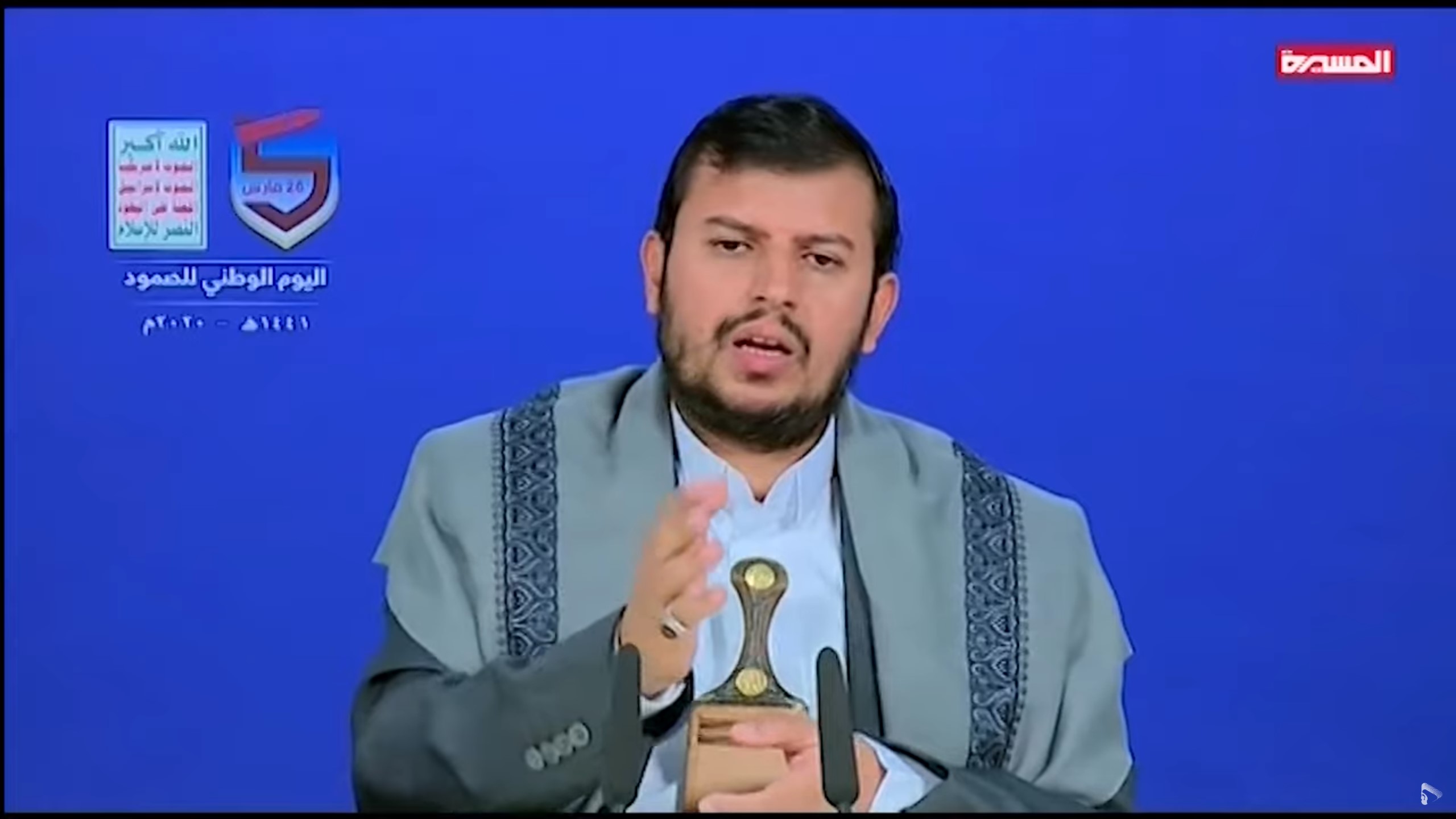
The Houthi leader offered to release a captured Saudi pilot in exchange for the freedom of the detained Hamas members.
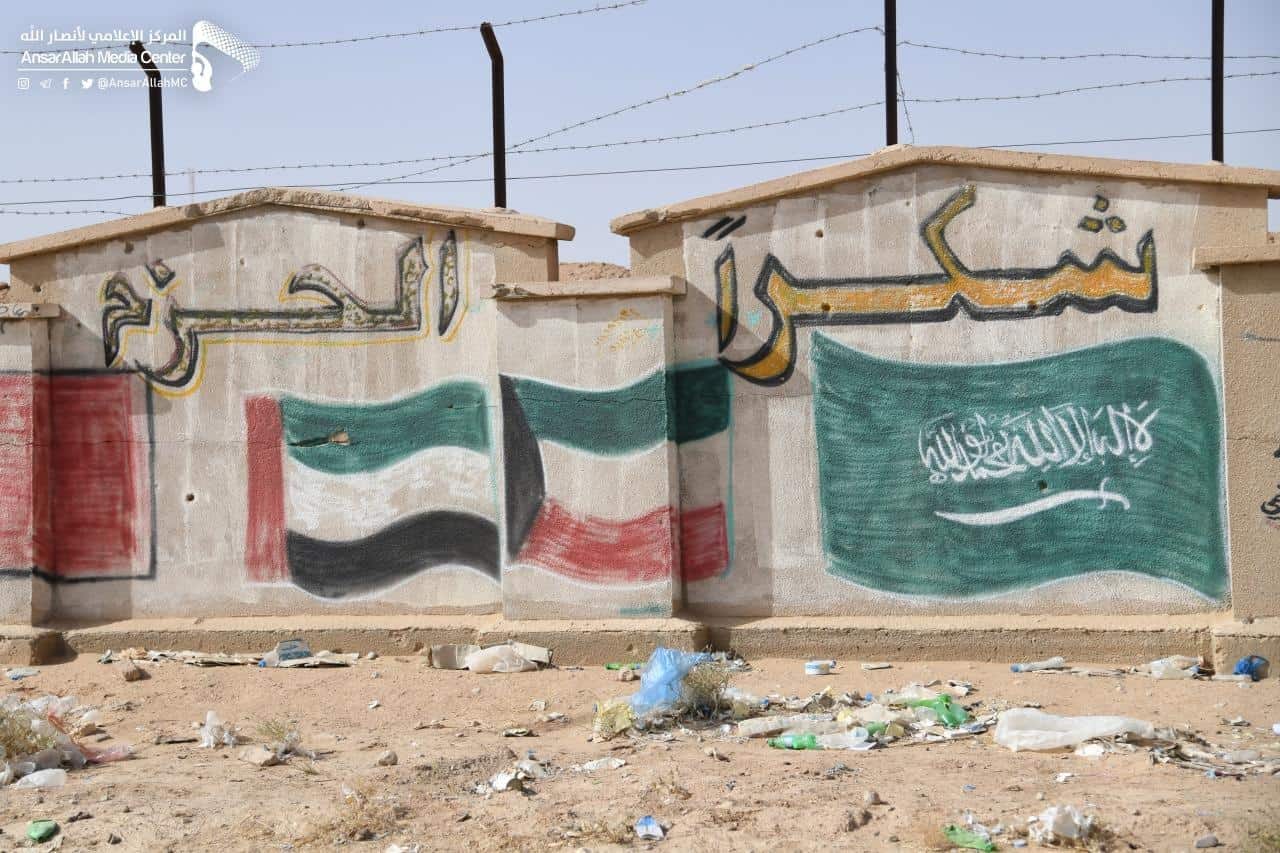
The capture of large parts of al Jawf allows the Houthis to focus on neighboring Ma’rib, where the internationally recognized Hadi government contests for power in the north.
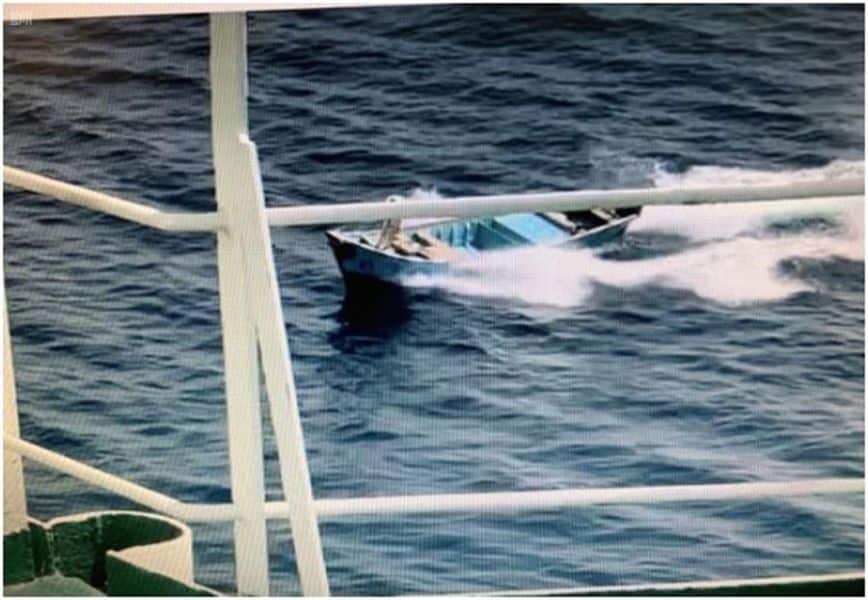
Not only have the Houthis utilized this tactic more in recent weeks, but the insurgency has also exported the drones to the Arabian Sea.

Over the last two weeks, the Saudi-led coalition and its allies have reported killing several members of Lebanese Hezbollah and the Iranian Revolutionary Guard Corps in Yemen.

The strike is one of the deadliest attacks in the conflict since 2014.
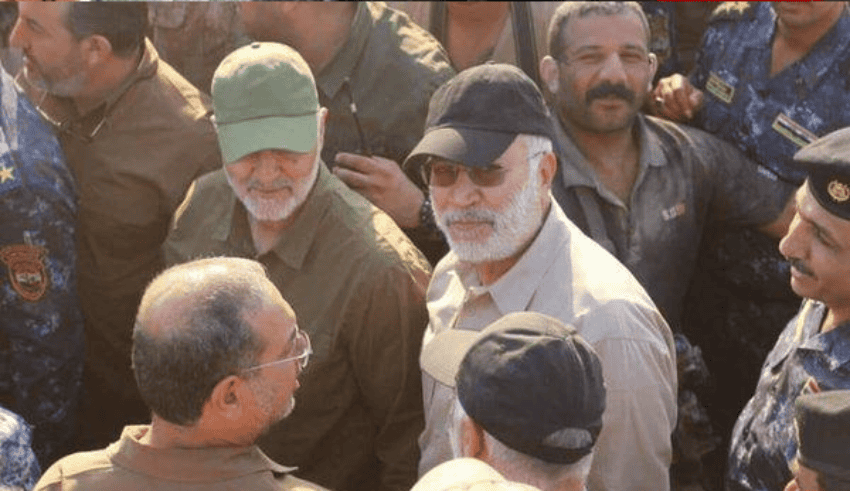
Qods Force commander Qassem Soliemani and Popular Mobilization Forces deputy Abu Mahdi al Muhandis were terror and insurgency masterminds who were revered in Iran, Iraq, Syria, and beyond for their support of the Iranian-backed Shia militias and terrorist groups that have destabilized several countries in the Middle East.

Two statements, which were released by al Qaeda’s general command and al Qaeda in the Arabian Peninsula, were addressed to Shabaab yesterday in a coordinated messaging campaign.

Yemen’s Houthis claim that the operation is the largest in nearly four years of conflict with Saudi Arabia and its allies.